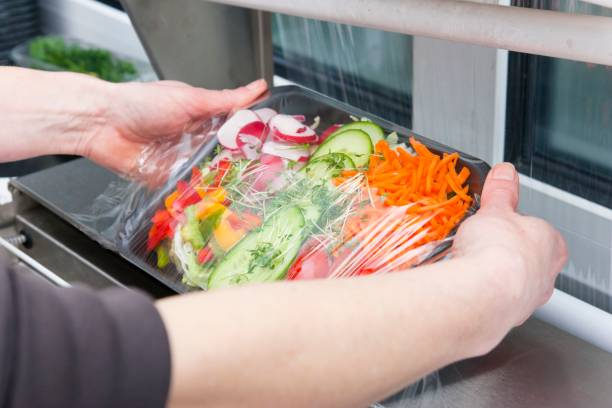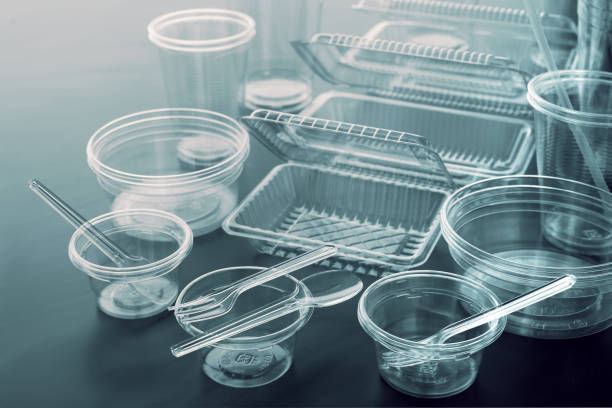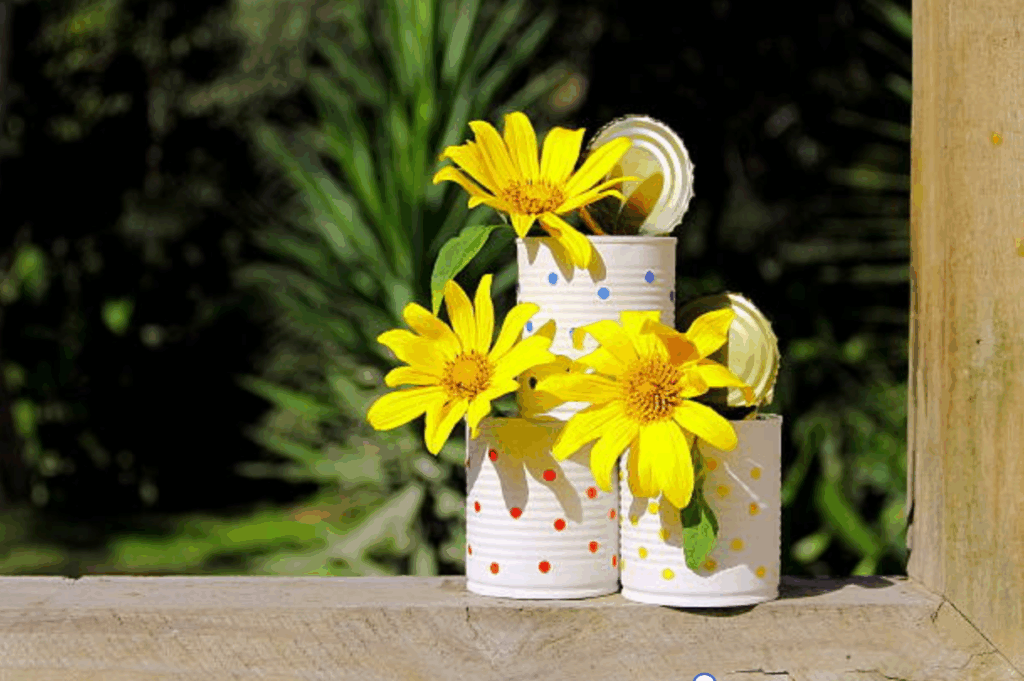Plastic has long been used in the food industry due to its convenience, durability, and affordability. From supermarket wraps to takeaway containers, plastic is everywhere. But while it brings many benefits, there’s growing concern about its impact on human health and the environment.
In this article, we’ll explore both the advantages and the disadvantages of plastic food packaging—and answer a key question: Why is plastic packaging bad for food?
The Pros of Plastic Food Packaging

Lightweight and Durable
- Reduces transportation costs
Lightweight plastic makes it easier and cheaper to move food products through supply chains.
- Minimizes breakage
Compared to glass or ceramic, plastic doesn’t shatter, lowering the risk of food loss during transit.
- Flexible usage
From flexible films to rigid trays, plastic packaging can adapt to various food types.
Barrier Protection for Food Safety
- Shields against moisture and air
Plastic helps extend the shelf life of food by blocking oxygen and humidity.
- Reduces contamination
Airtight seals protect food from bacteria, dust, and physical damage during storage.
- Maintains freshness
Especially for perishable items like meats and dairy, plastic helps preserve color, flavor, and texture.
Customizable and Transparent
- Supports branding
Plastic surfaces are easy to print on, helping brands showcase logos and nutritional labels.
- Product visibility
Transparent plastic allows consumers to see the food before purchasing, improving trust and decision-making.
- Moldable into any shape
Plastic can be designed for specific portion sizes, ready-to-eat meals, or resealable packages.
Available as Food Grade Plastic Packaging
- Certified for food contact
Food grade plastic packaging is made from materials approved for safely storing and transporting edibles.
- Meets hygiene standards
These plastics are manufactured to strict regulations, minimizing the risk of contamination.
- Used across all food sectors
From fresh produce to frozen meals, food grade plastics are versatile and commonly accepted.
The Cons of Plastic Food Packaging

Why is Plastic Packaging Bad for Food?
Despite its widespread use, plastic packaging can pose serious health and safety risks:
- Chemical leaching
Some plastics contain additives like BPA or phthalates that may leach into food, especially when heated or exposed to acidic contents.
- Microplastic contamination
Over time, plastics can break down into tiny particles. These microplastics have been detected in bottled water, salt, and even human blood.
- Reheating dangers
Many consumers microwave food in plastic containers not meant for high temperatures, increasing the risk of ingesting harmful substances.
- Unregulated use
Not all countries strictly monitor the quality of plastic packaging, leading to potential exposure to non-food-safe materials.
- Fat and acid interaction
Fatty or acidic foods can accelerate the release of chemicals from low-quality plastic containers.
These are major disadvantages of plastic when used in food applications—especially if the packaging is not labeled as food grade plastic packaging.
Environmental Impact and Waste
- Non-biodegradable
Most plastic doesn’t break down naturally and can persist in landfills and oceans for hundreds of years.
- Litter pollution
Improperly discarded food packaging contributes to urban and marine pollution.
- Resource-intensive
The production of plastic relies heavily on fossil fuels, contributing to carbon emissions and climate change.
Limited Recycling and Waste Management
- Low recycling rates
Many plastic food containers are not recycled due to food residue or mixed material layers.
- Contaminated streams
Dirty plastic packaging often gets rejected during recycling, ending up in landfills or incinerators.
- Complex sorting
Plastic with foil seals or multi-layer films are difficult to separate and recycle efficiently.
Negative Brand and Consumer Perception
- Growing eco-consciousness
Consumers are increasingly avoiding plastic packaging in favor of compostable or reusable alternatives.
- Regulatory bans
Many regions are introducing bans on single-use plastics, pressuring businesses to find alternatives.
- Sustainability concerns
Brands that fail to reduce plastic use may risk reputational damage among environmentally aware buyers.
Conclusion: Rethinking the Use of Plastic Food Packaging

While food grade plastic packaging offers undeniable convenience and food safety benefits, it also comes with health risks and environmental costs that cannot be ignored. The potential for chemical leaching, microplastic exposure, and poor recyclability are major disadvantages of plastic in food applications.
Businesses and consumers should aim to:
- Choose high-quality, certified food-grade plastics
- Avoid reheating food in non-microwave-safe plastic containers
- Support efforts to reduce, reuse, and recycle
- Explore biodegradable and compostable packaging alternatives
By understanding both sides, we can make smarter packaging decisions that benefit our health, our environment, and future generations.















